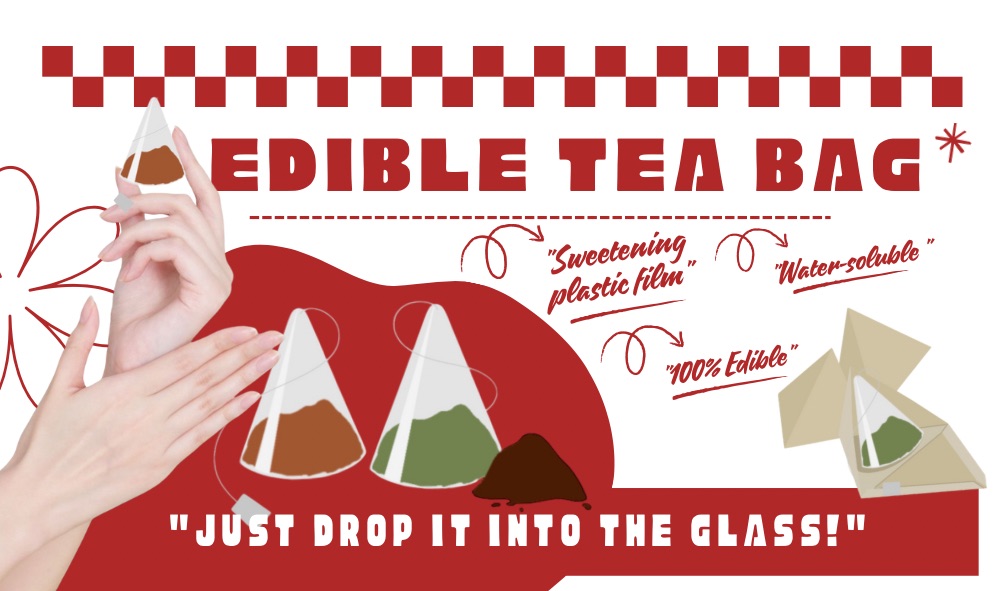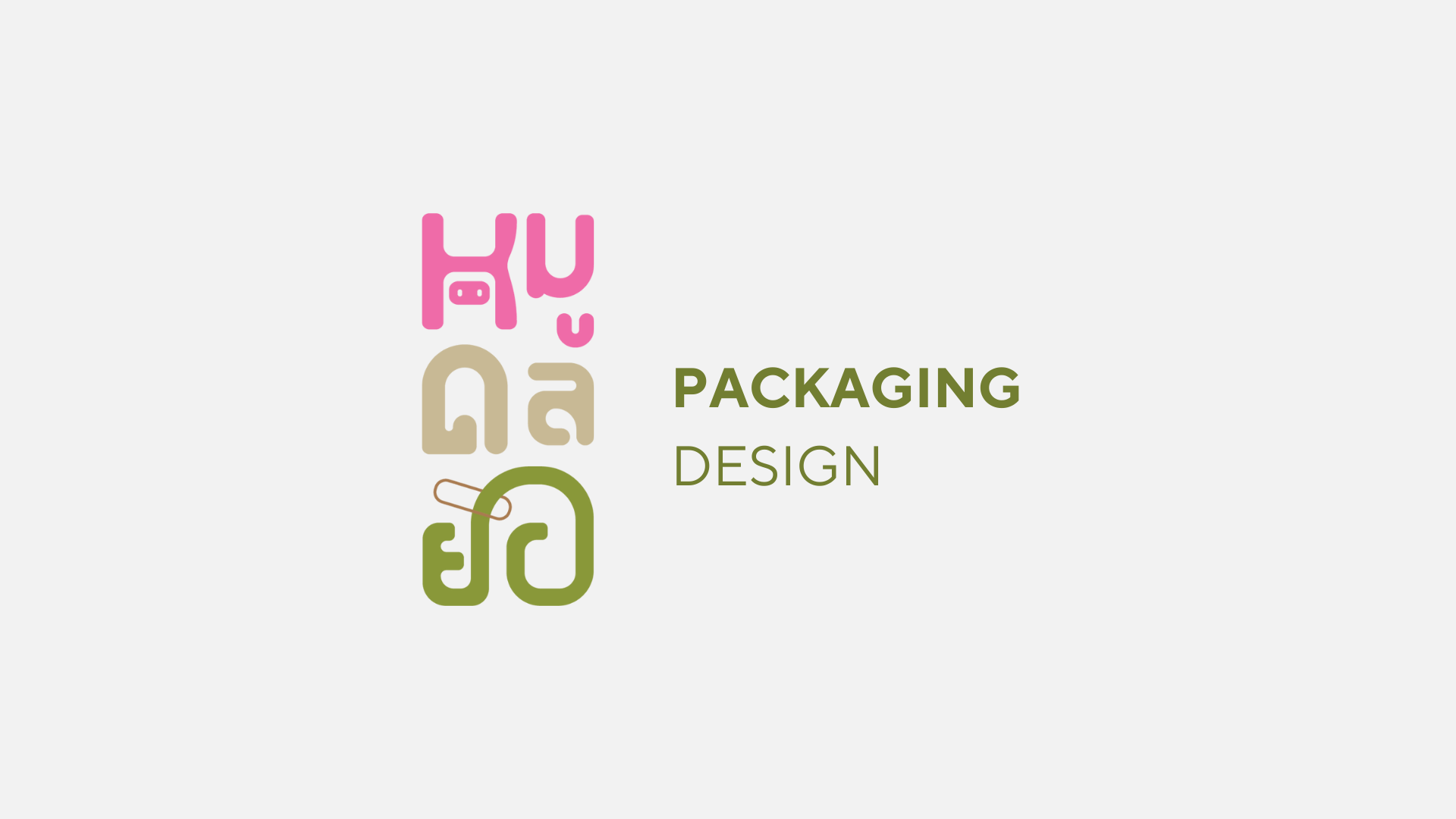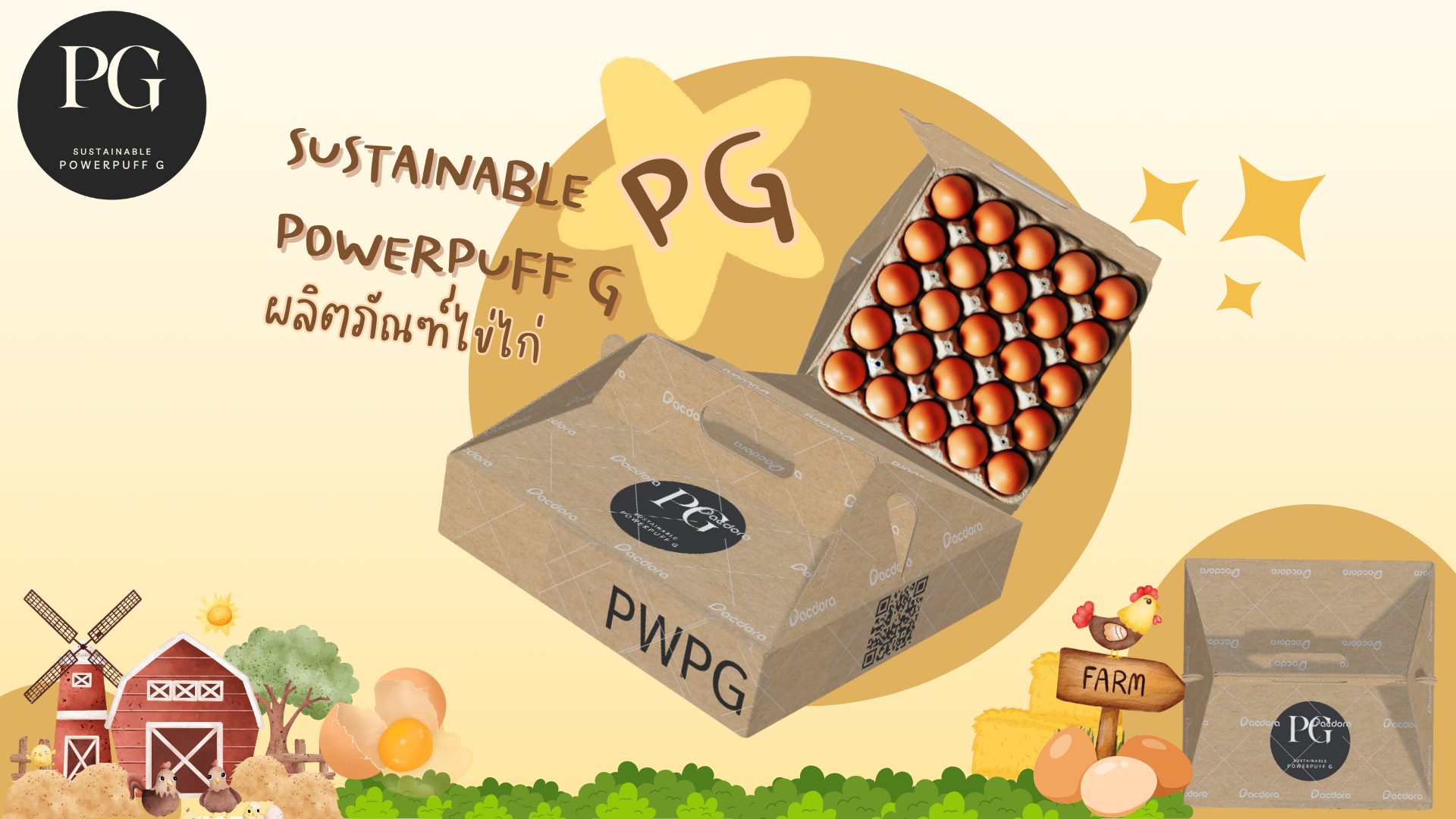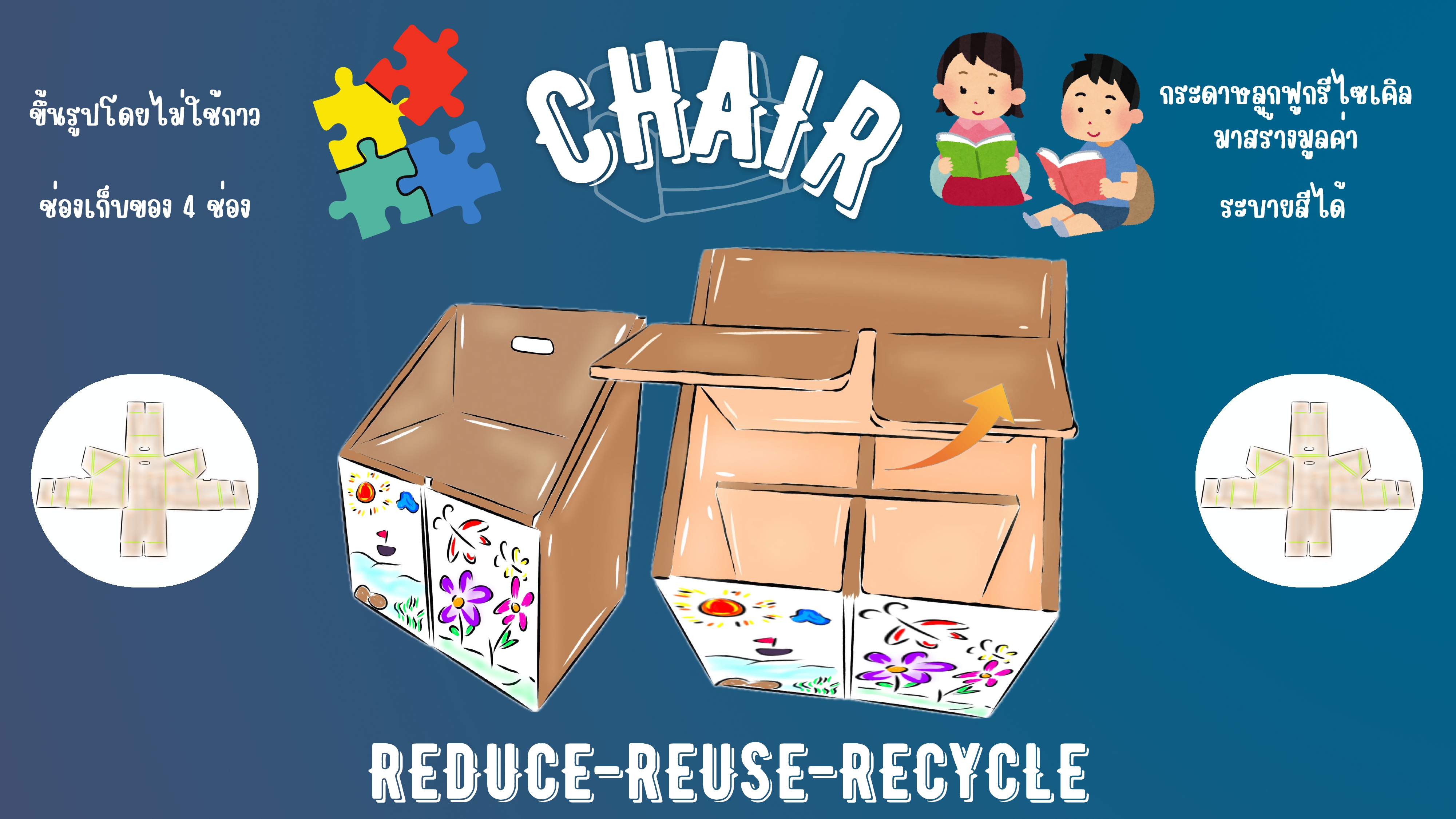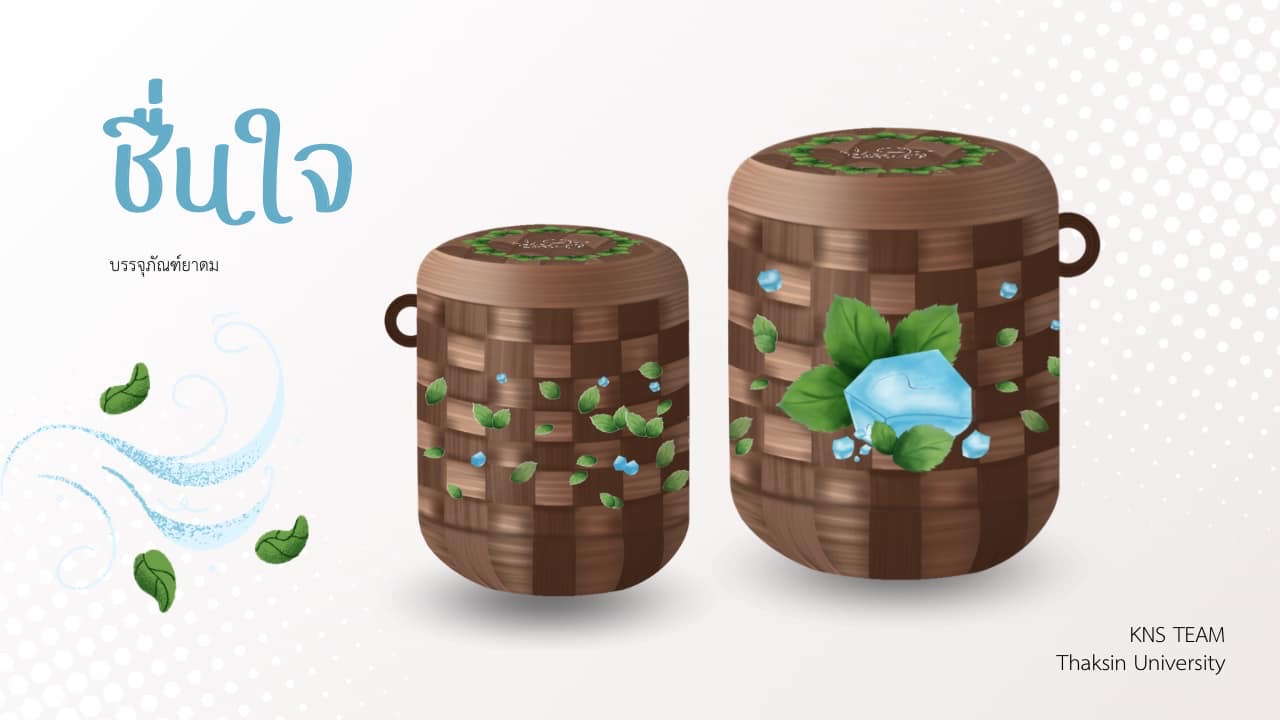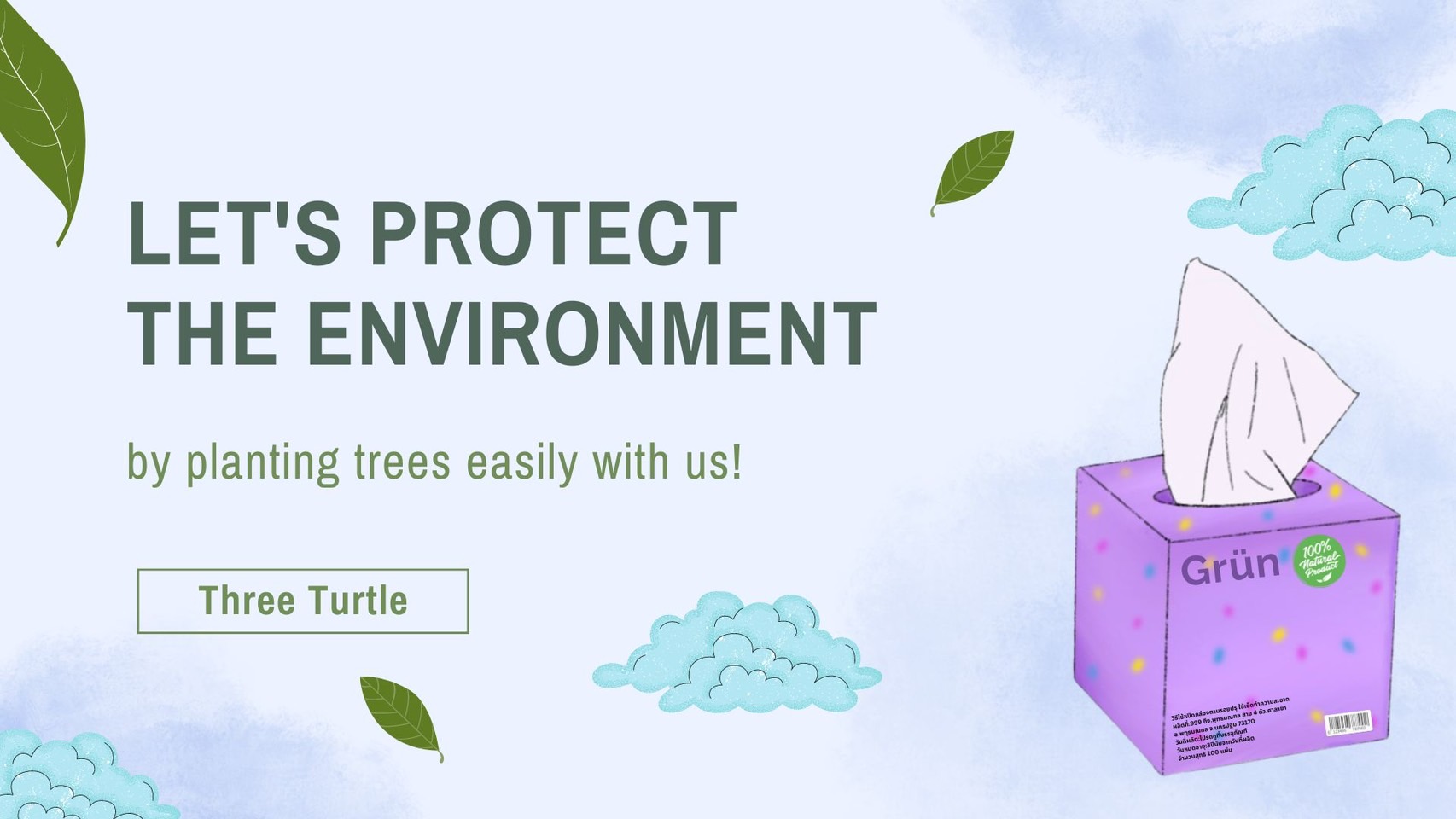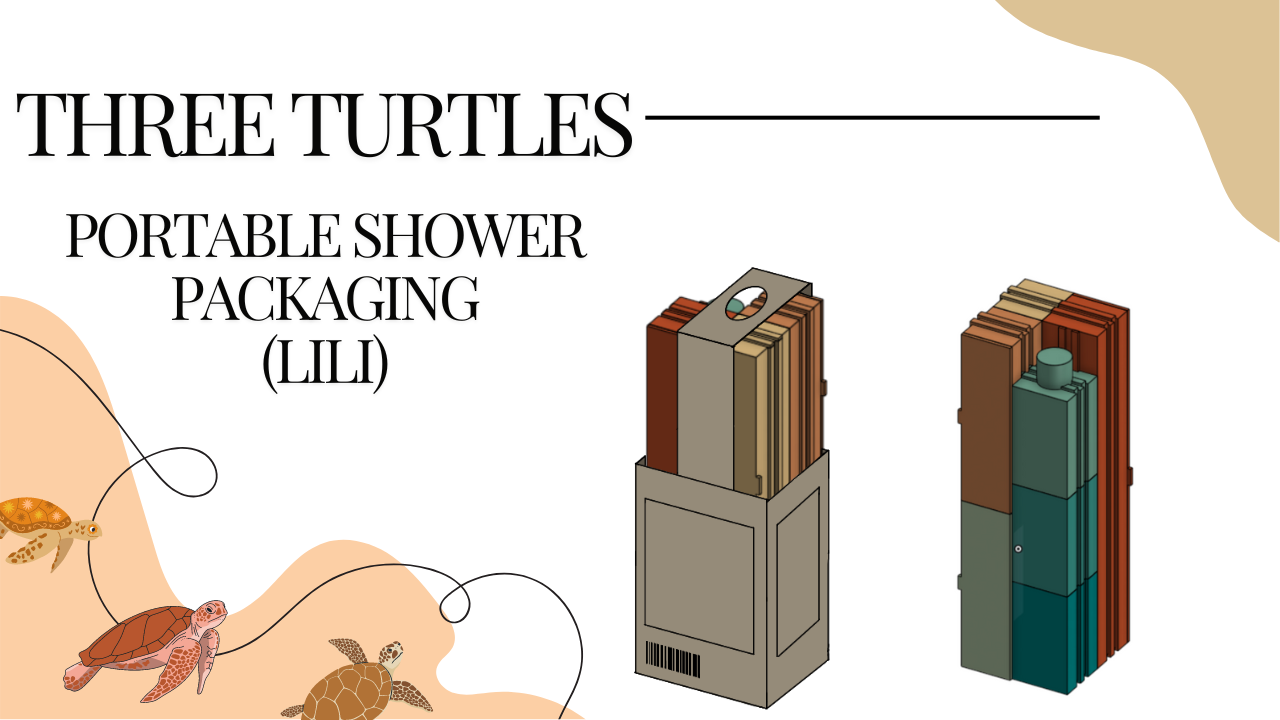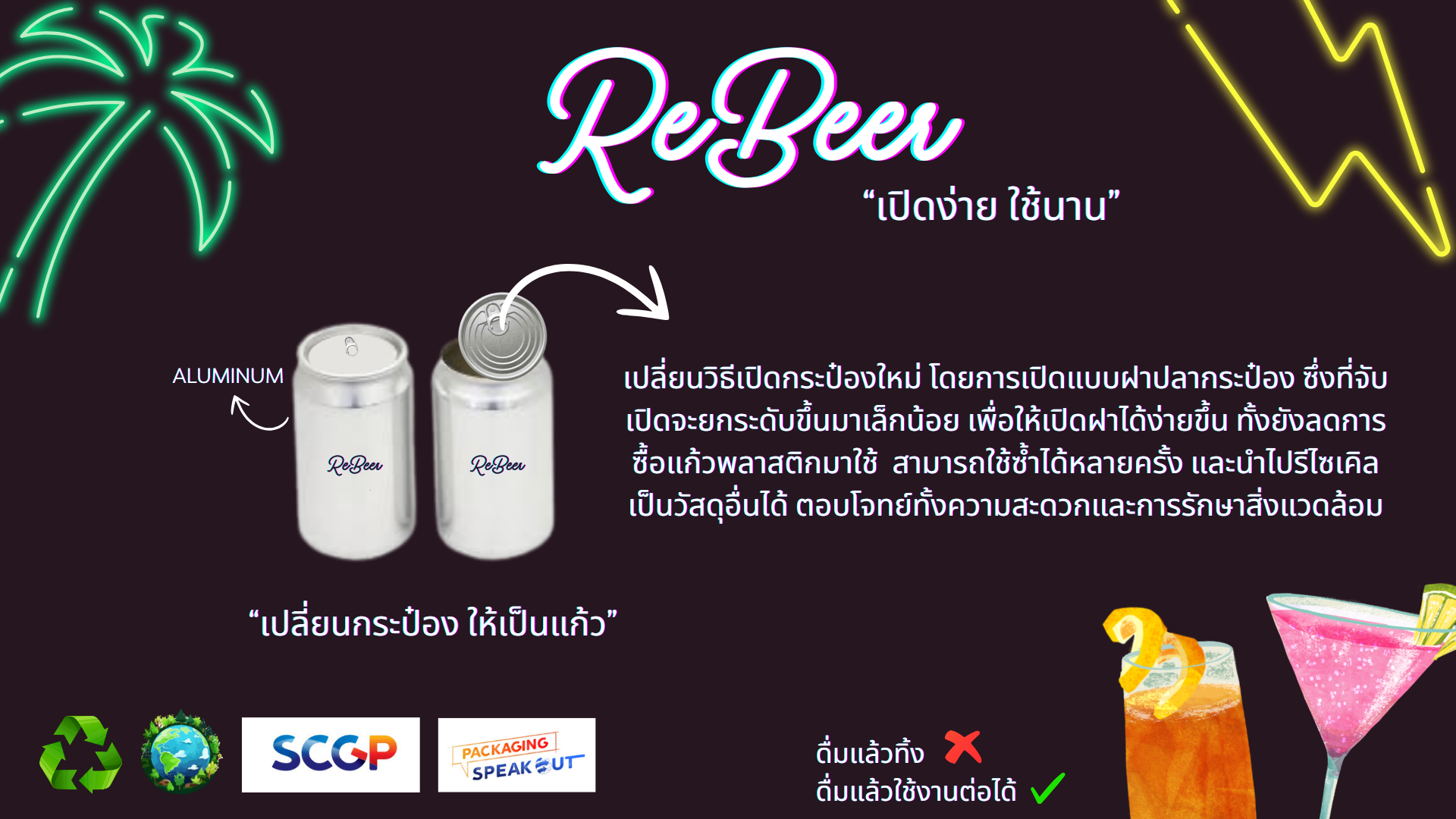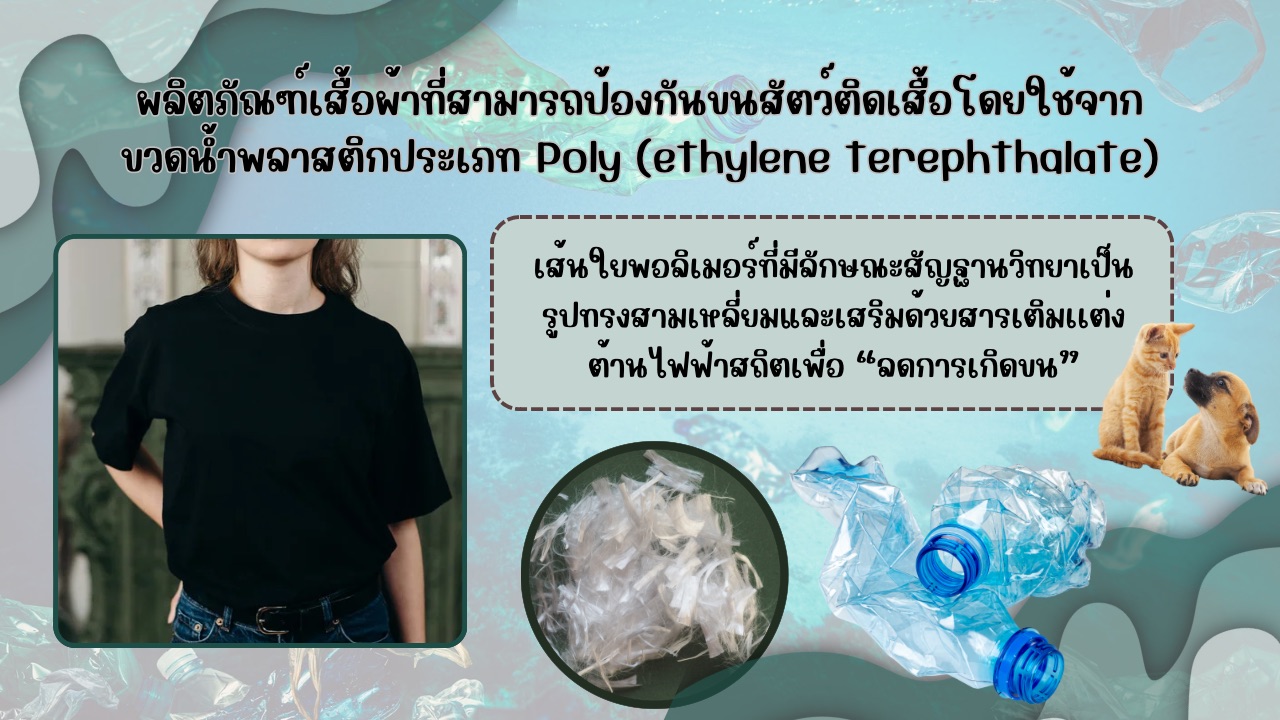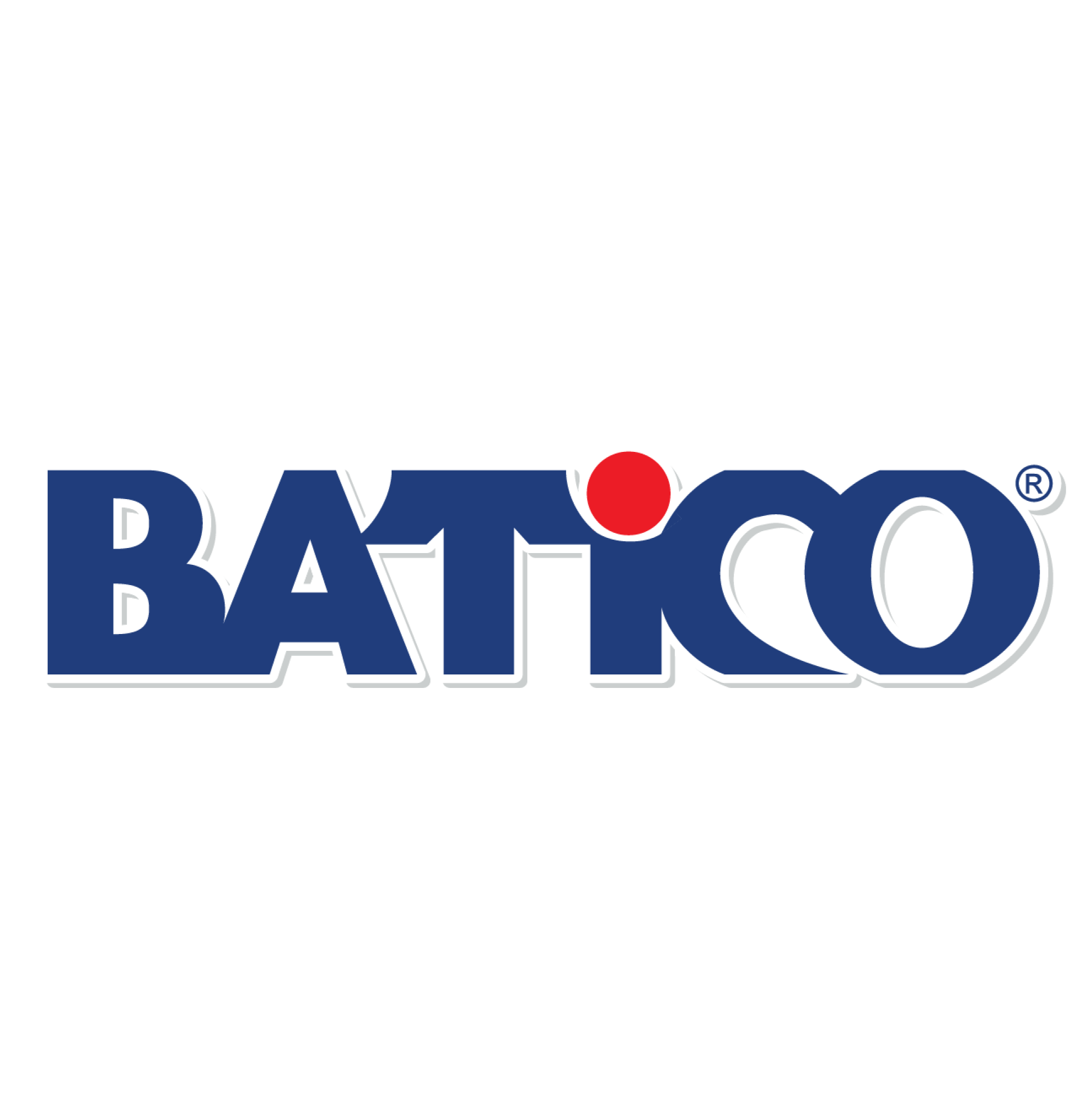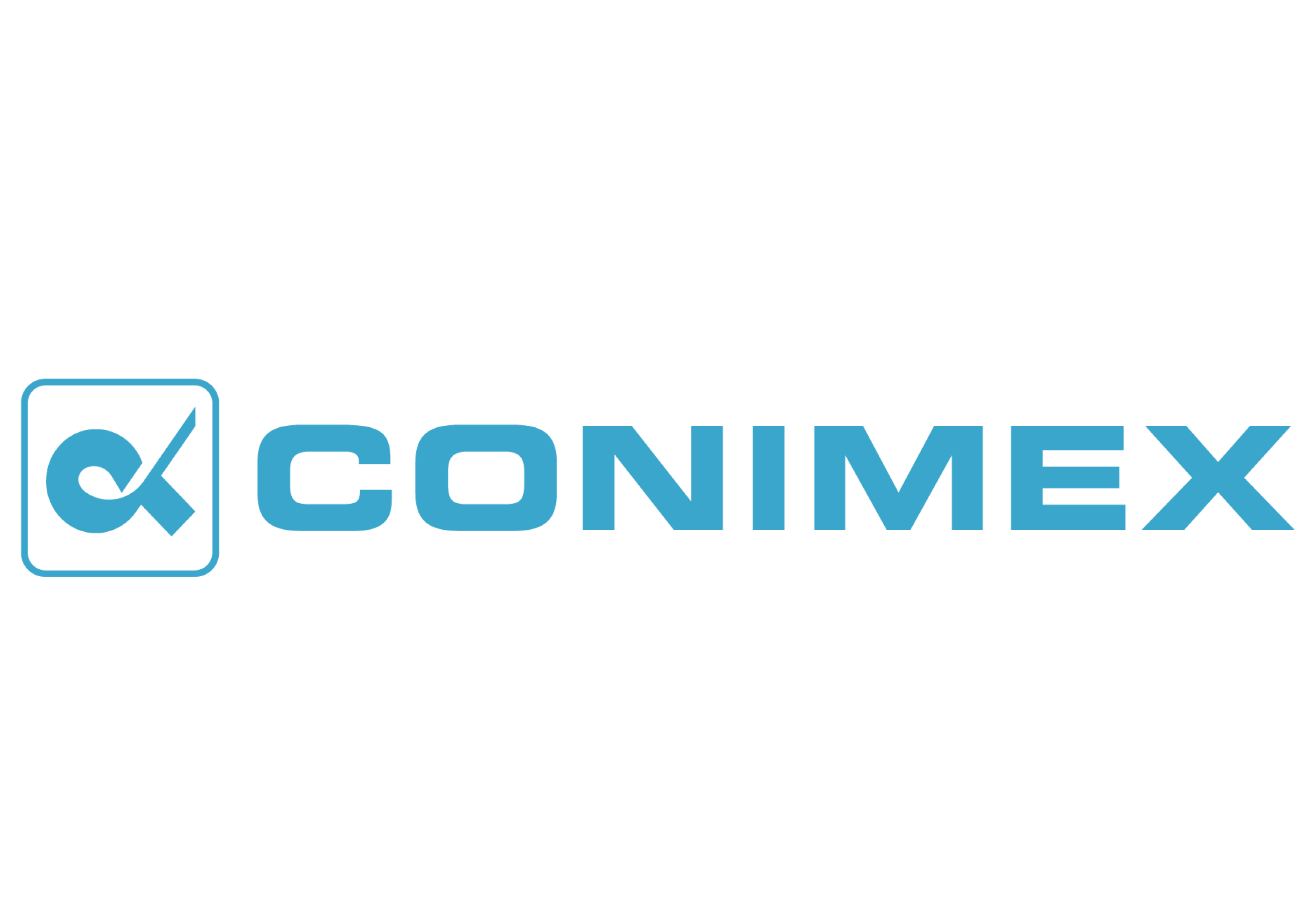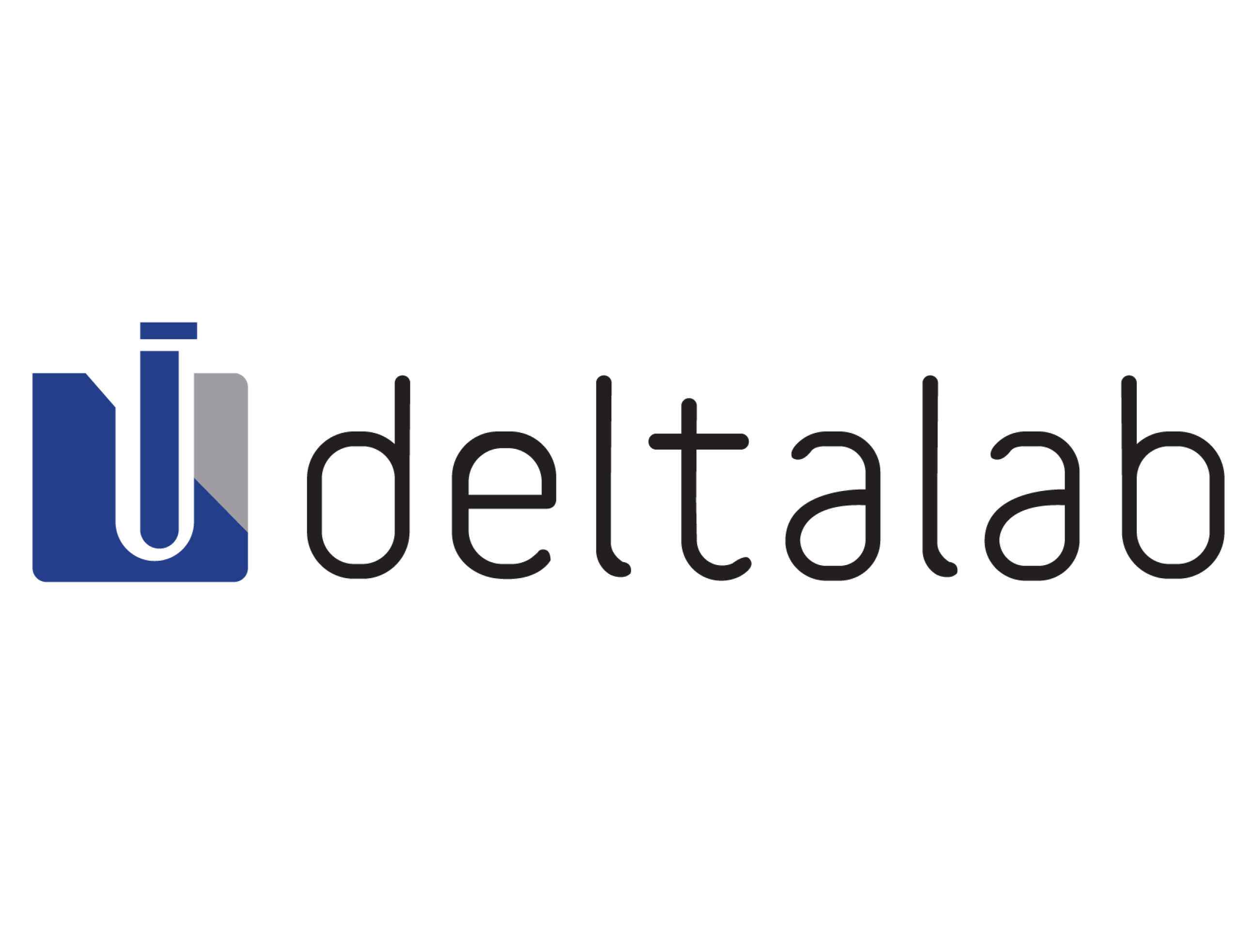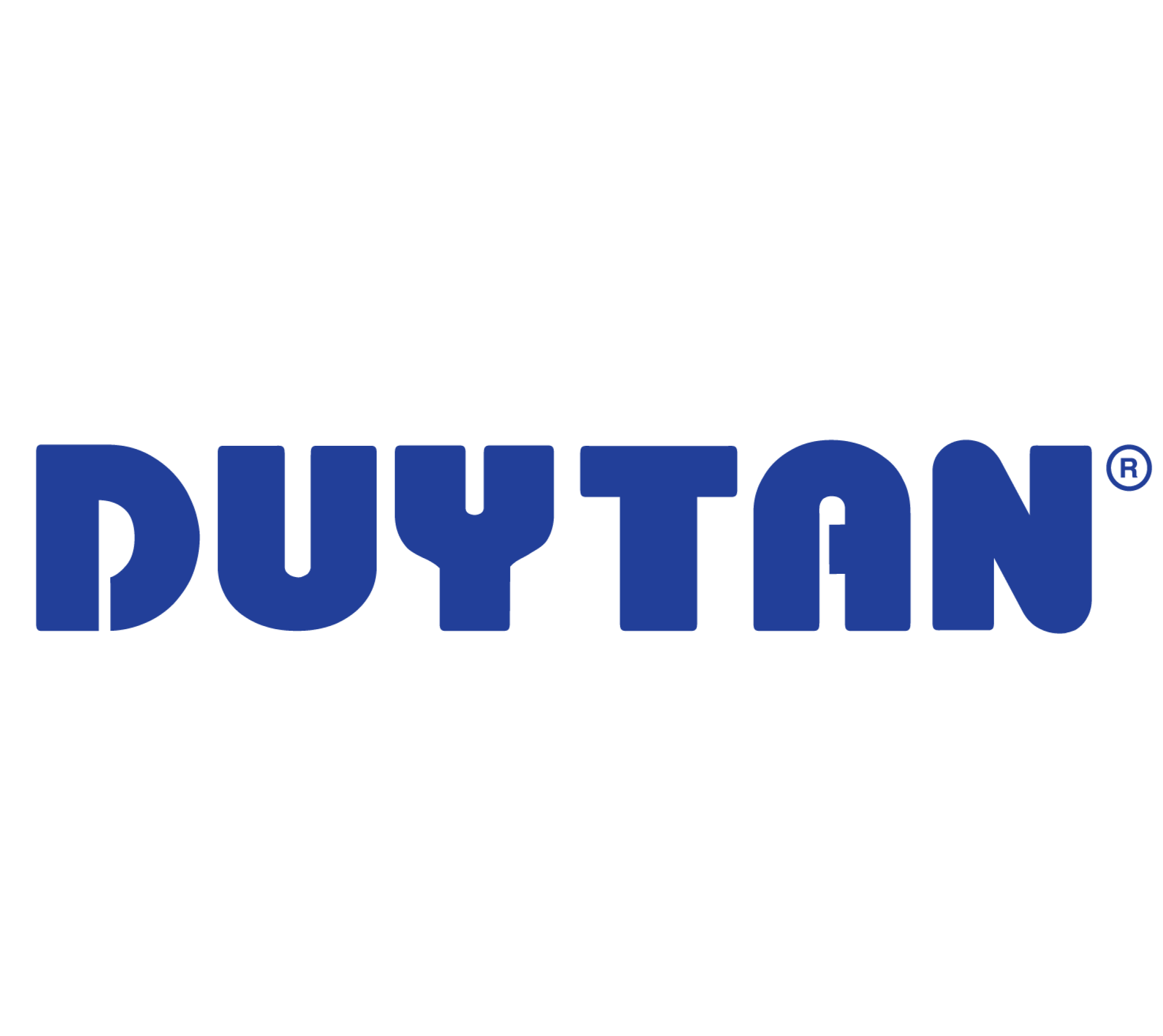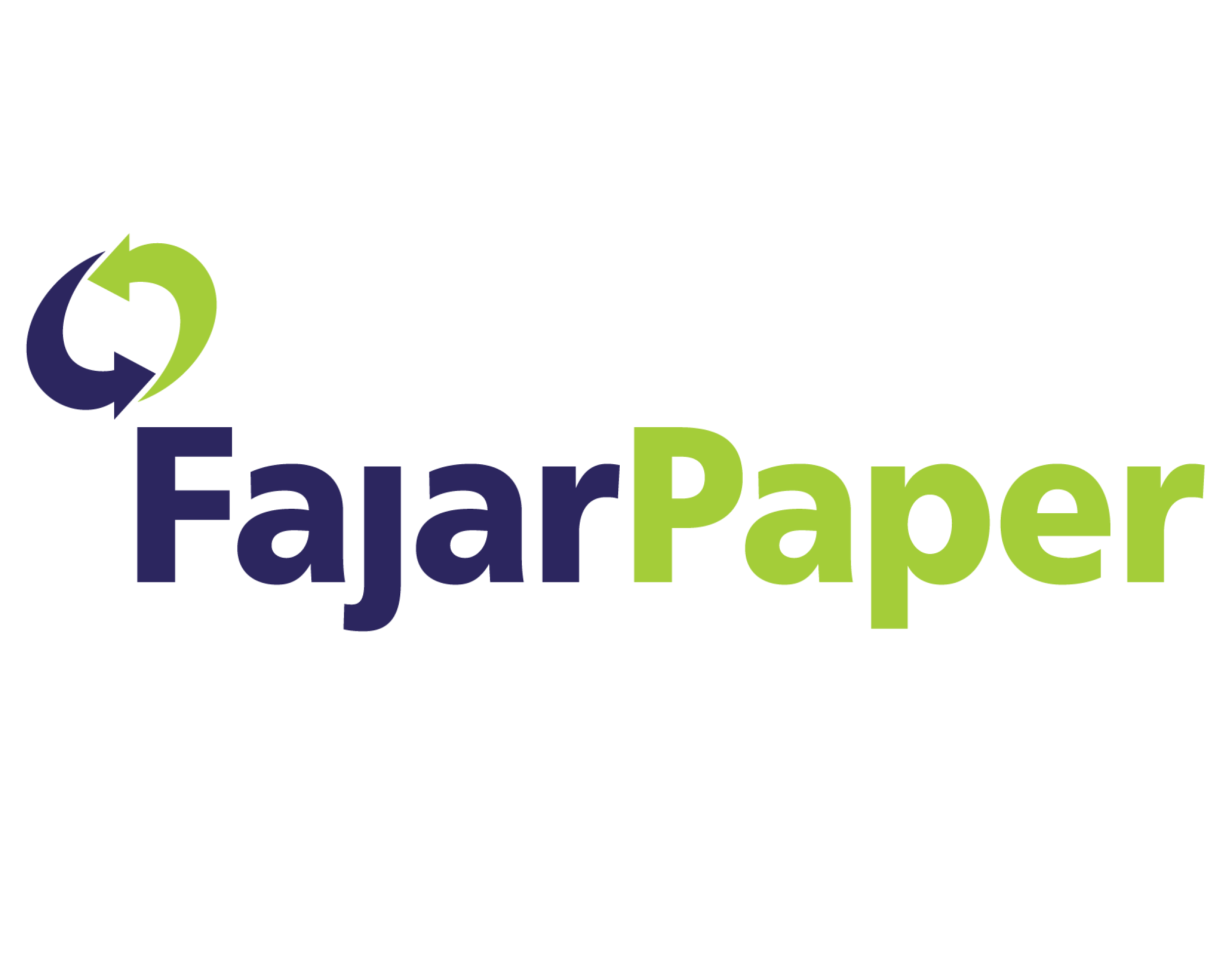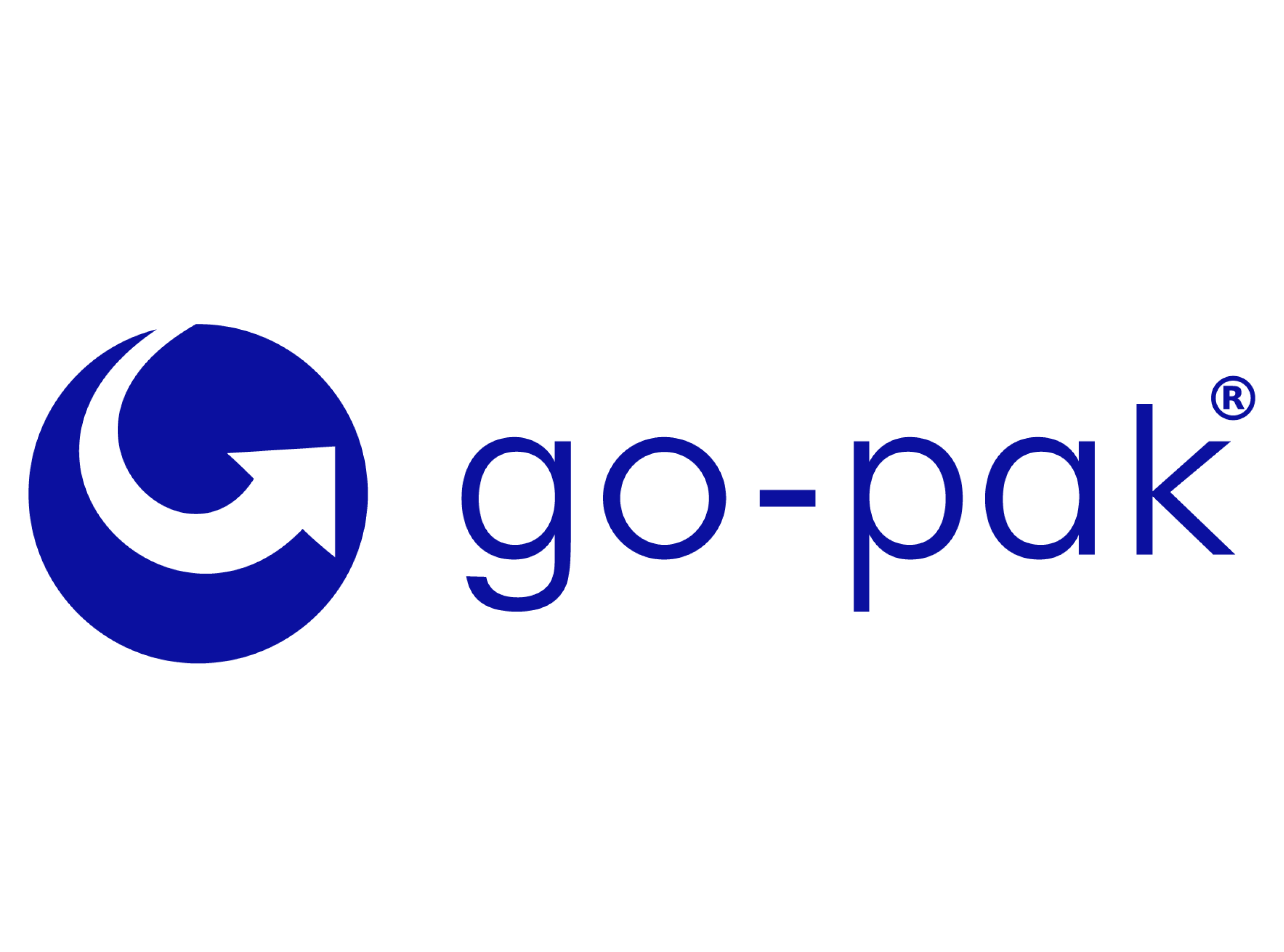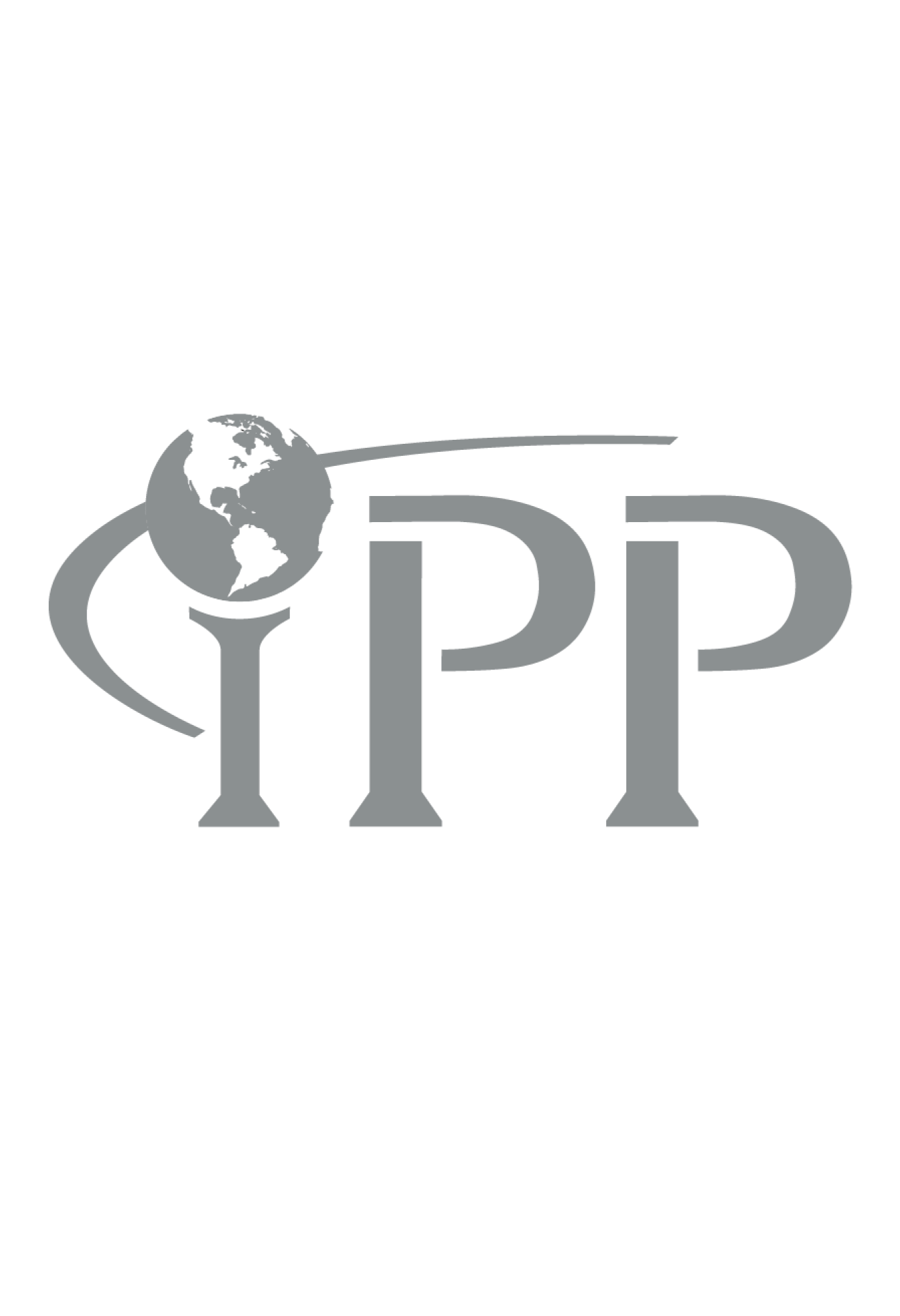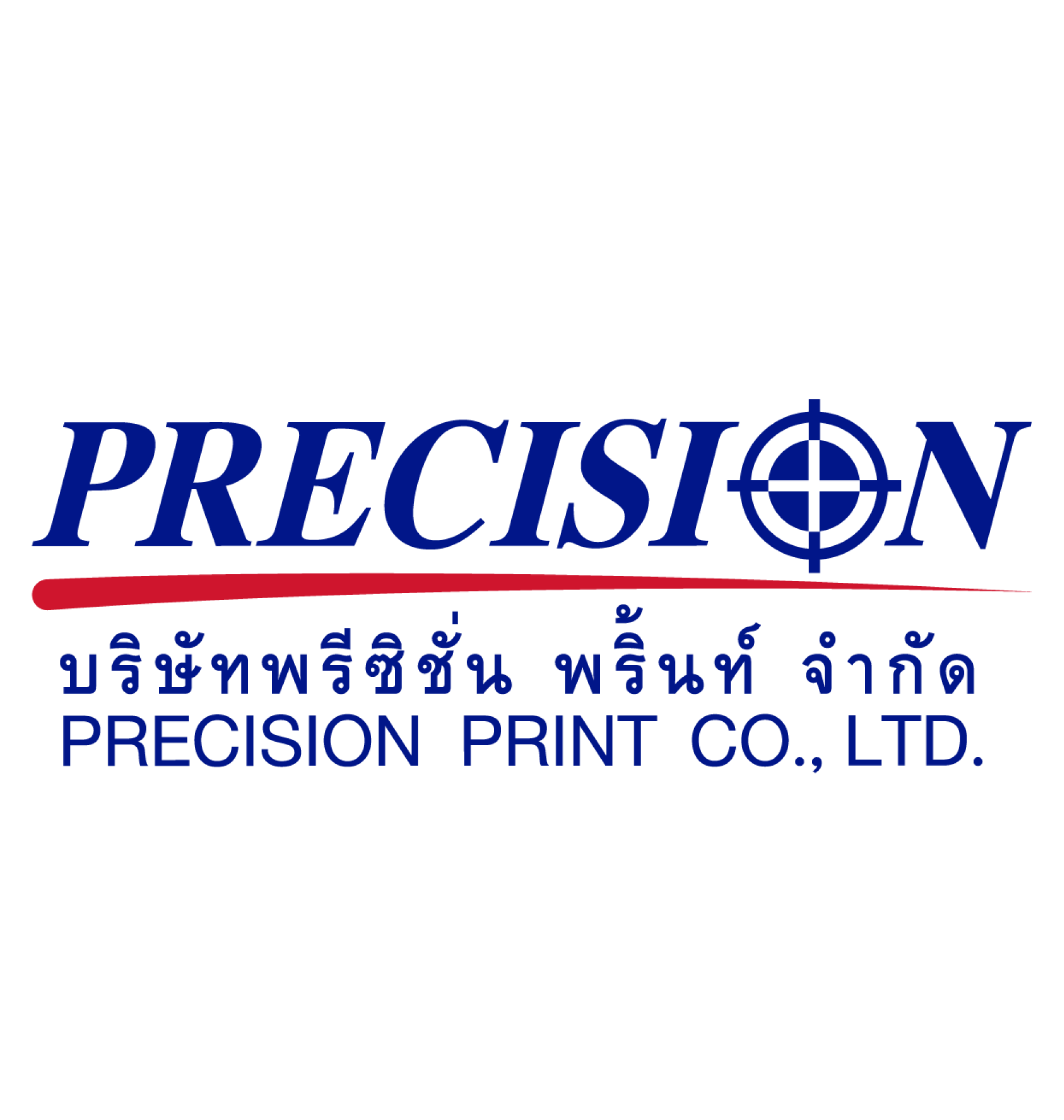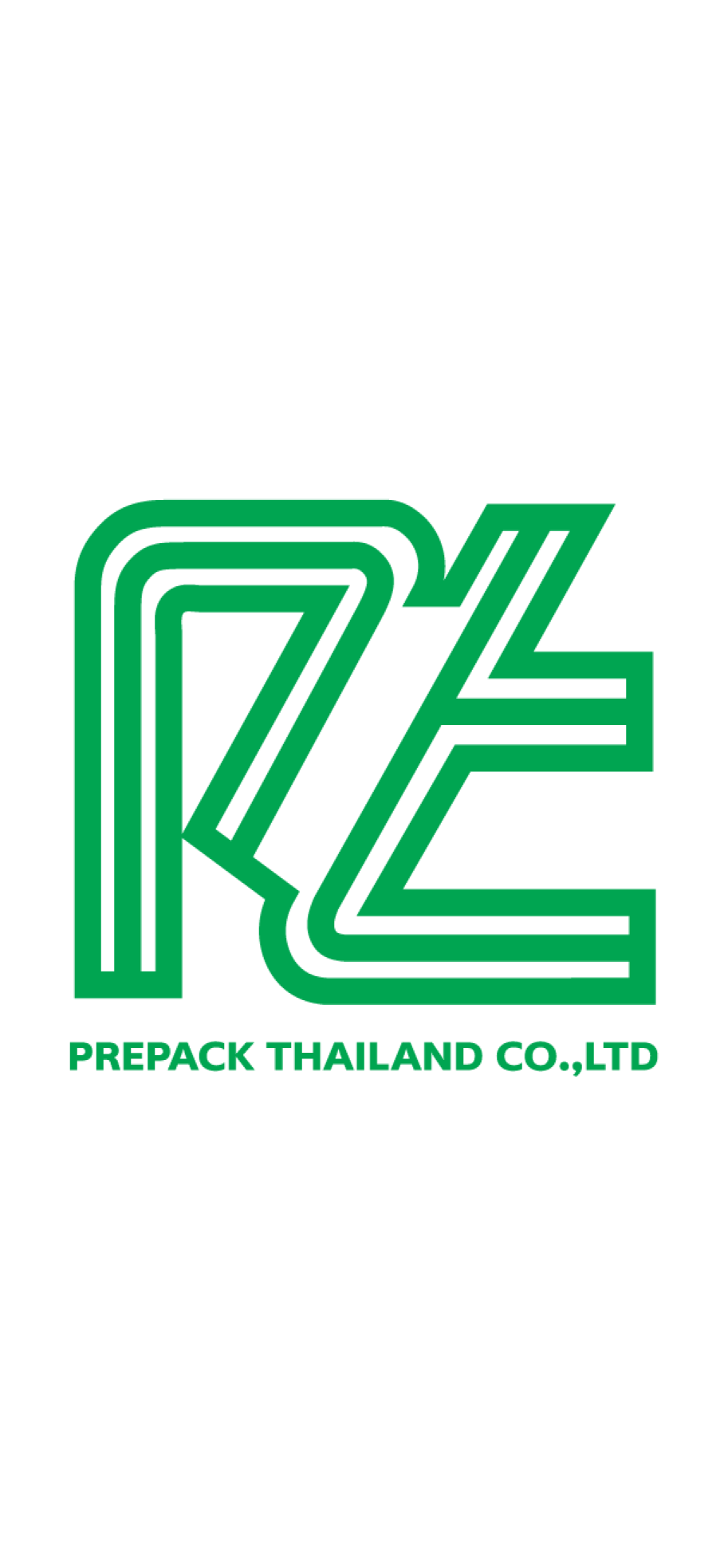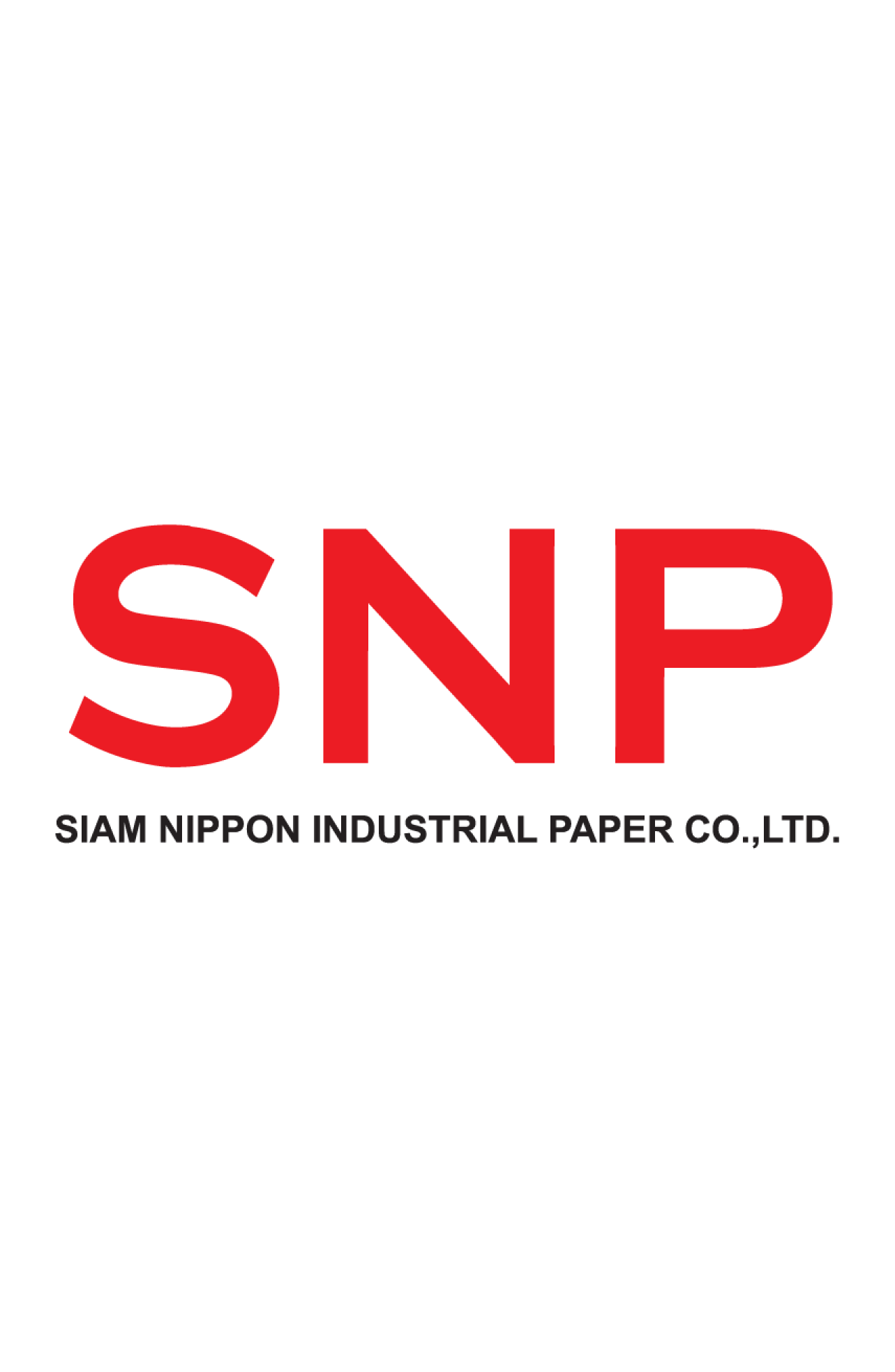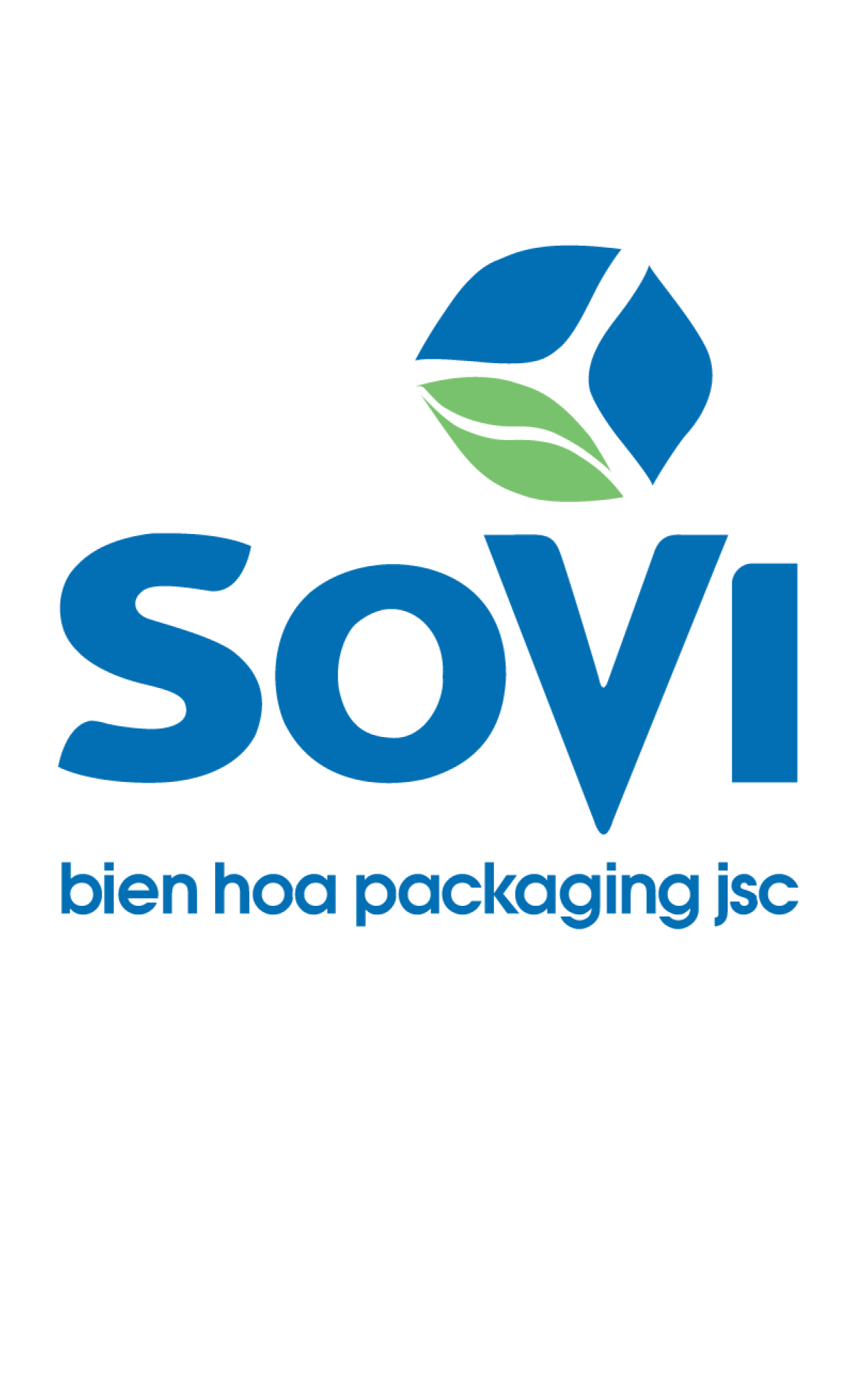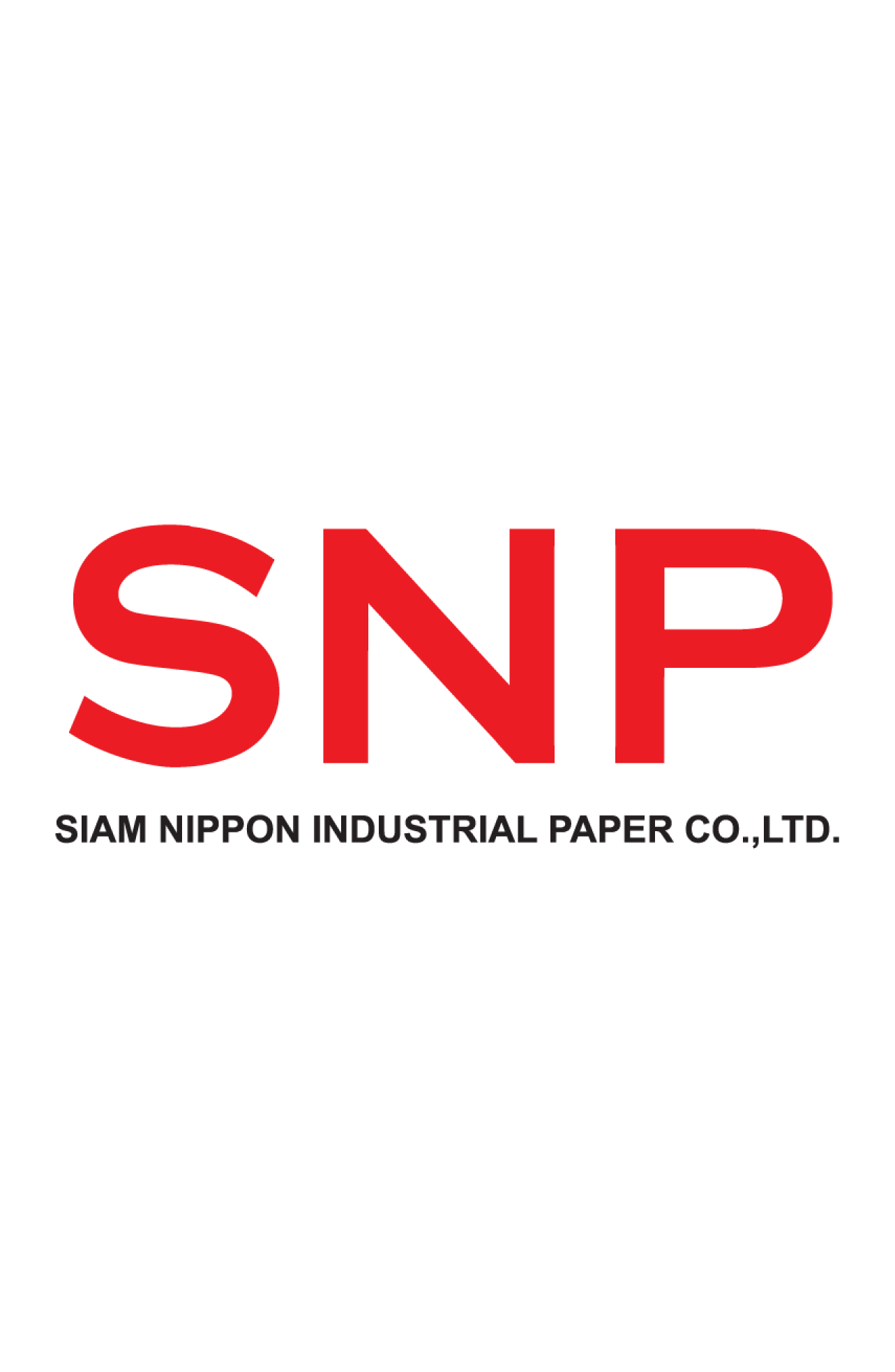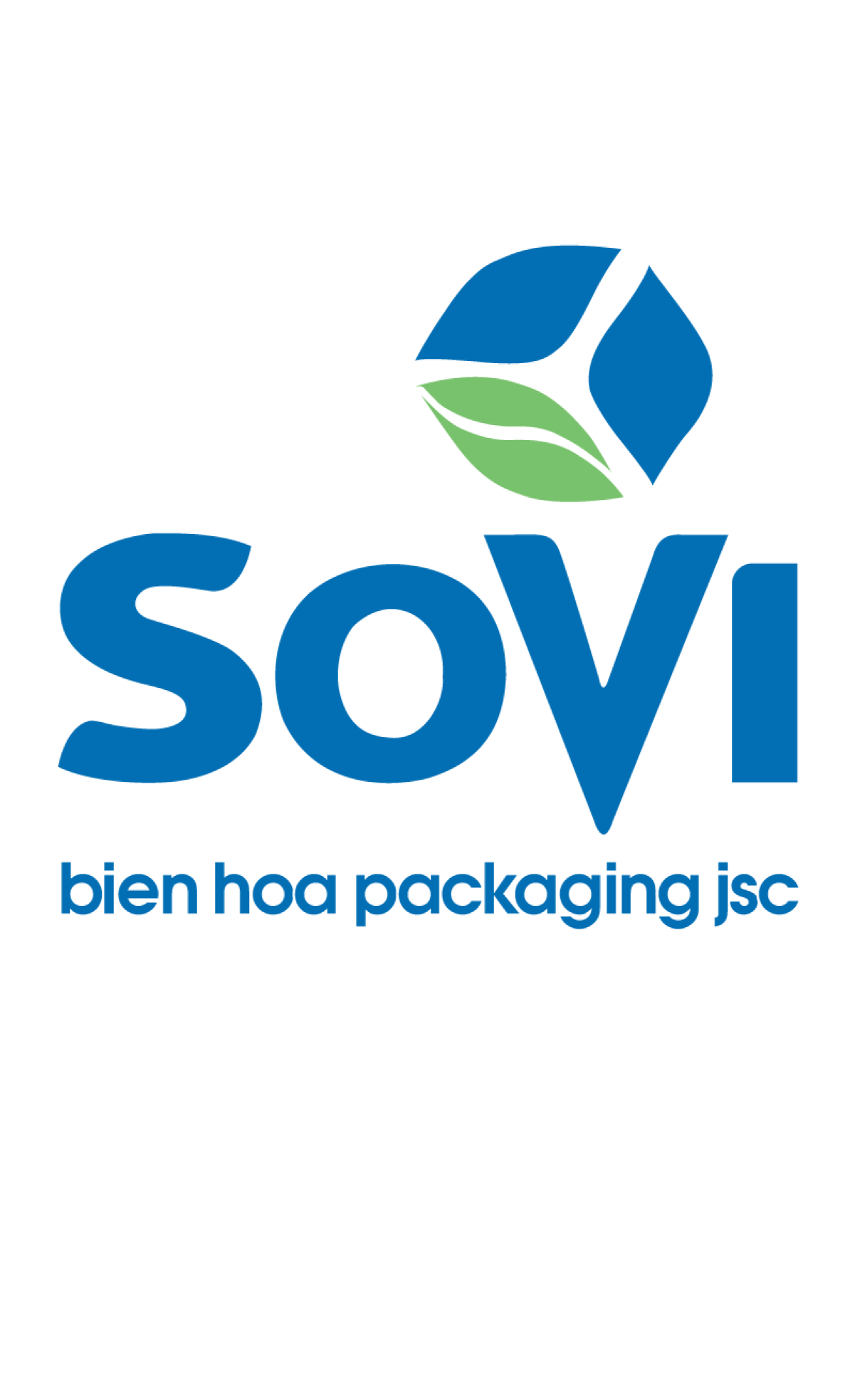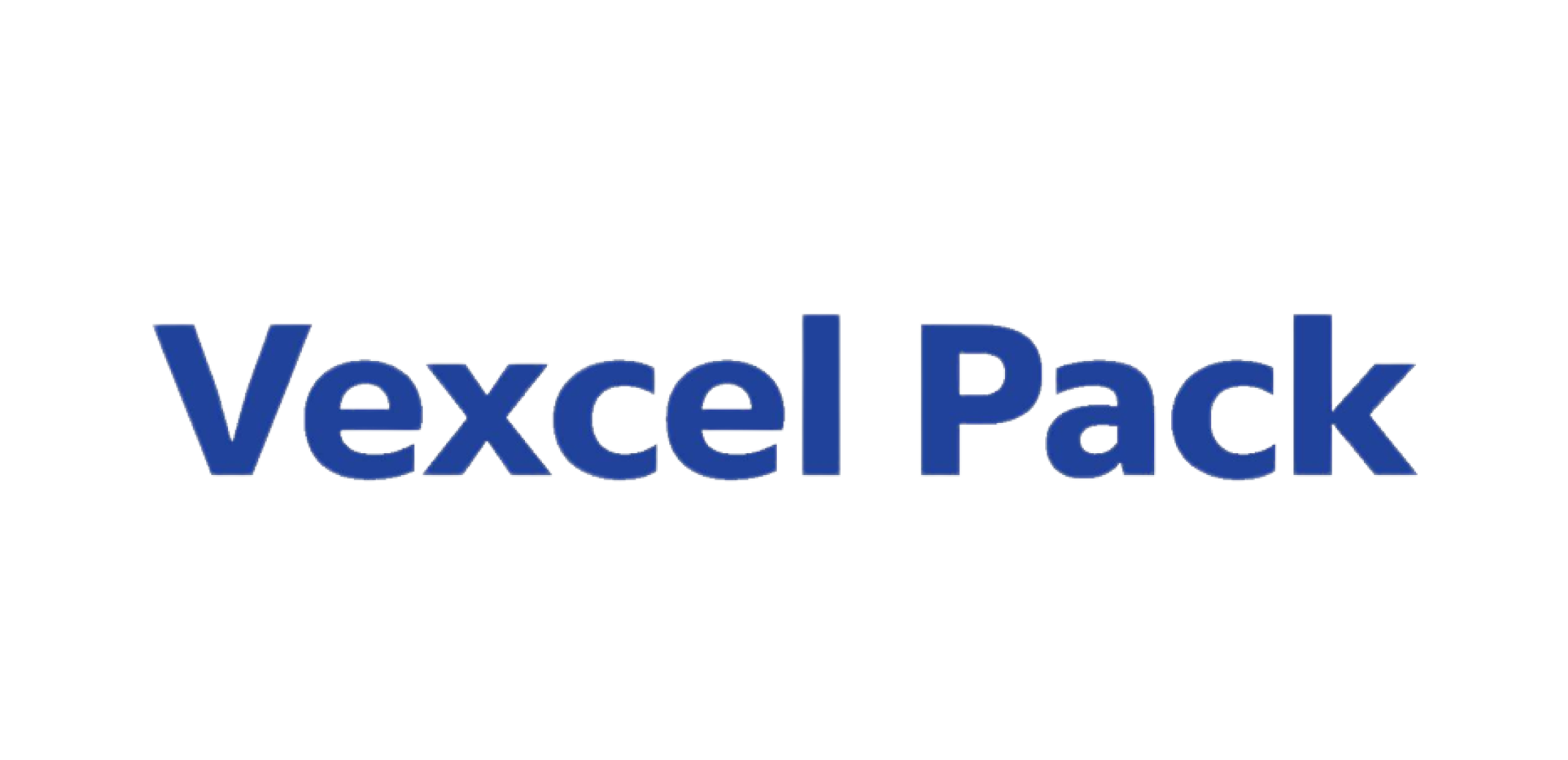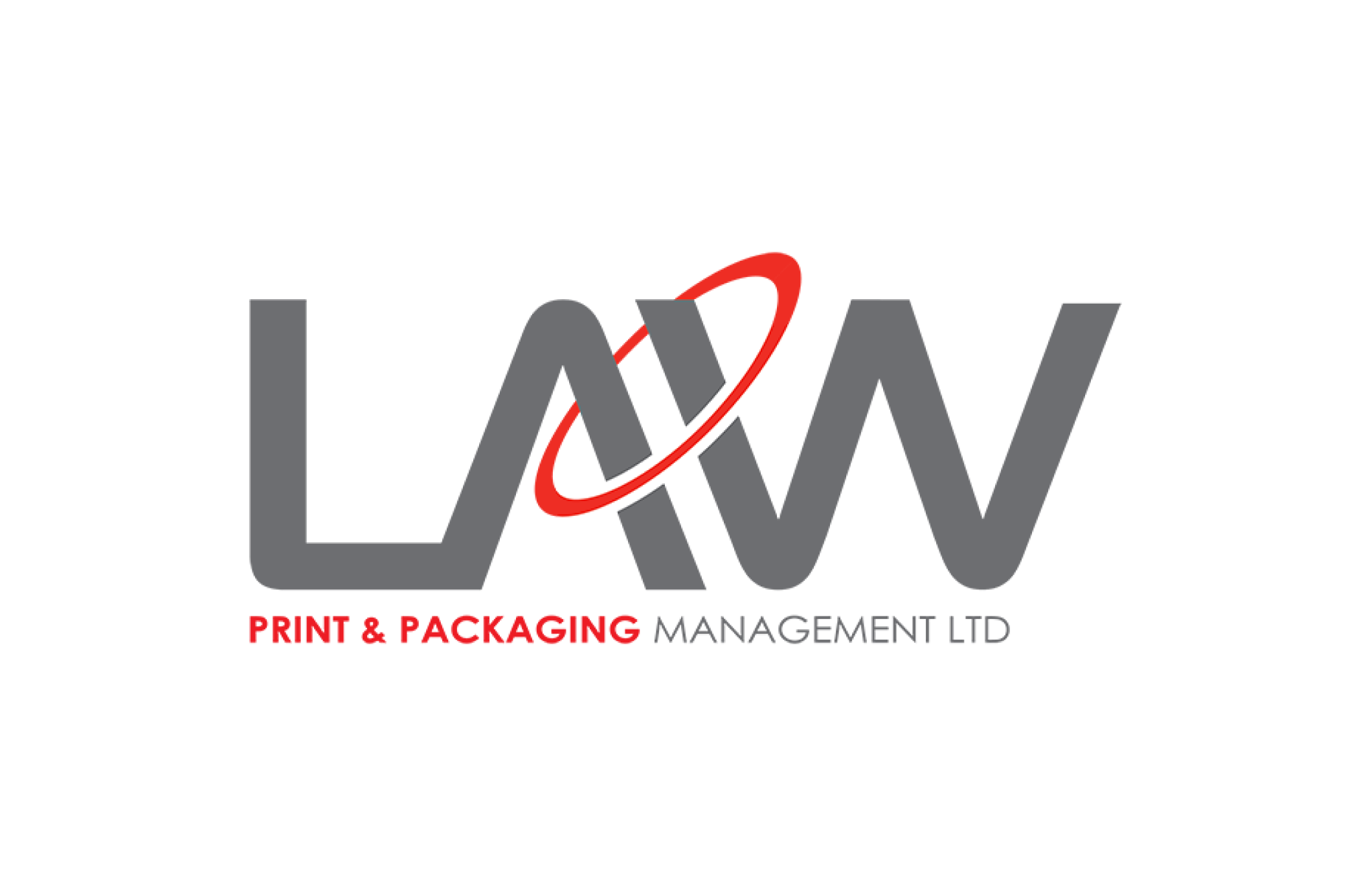Foldable sustainability
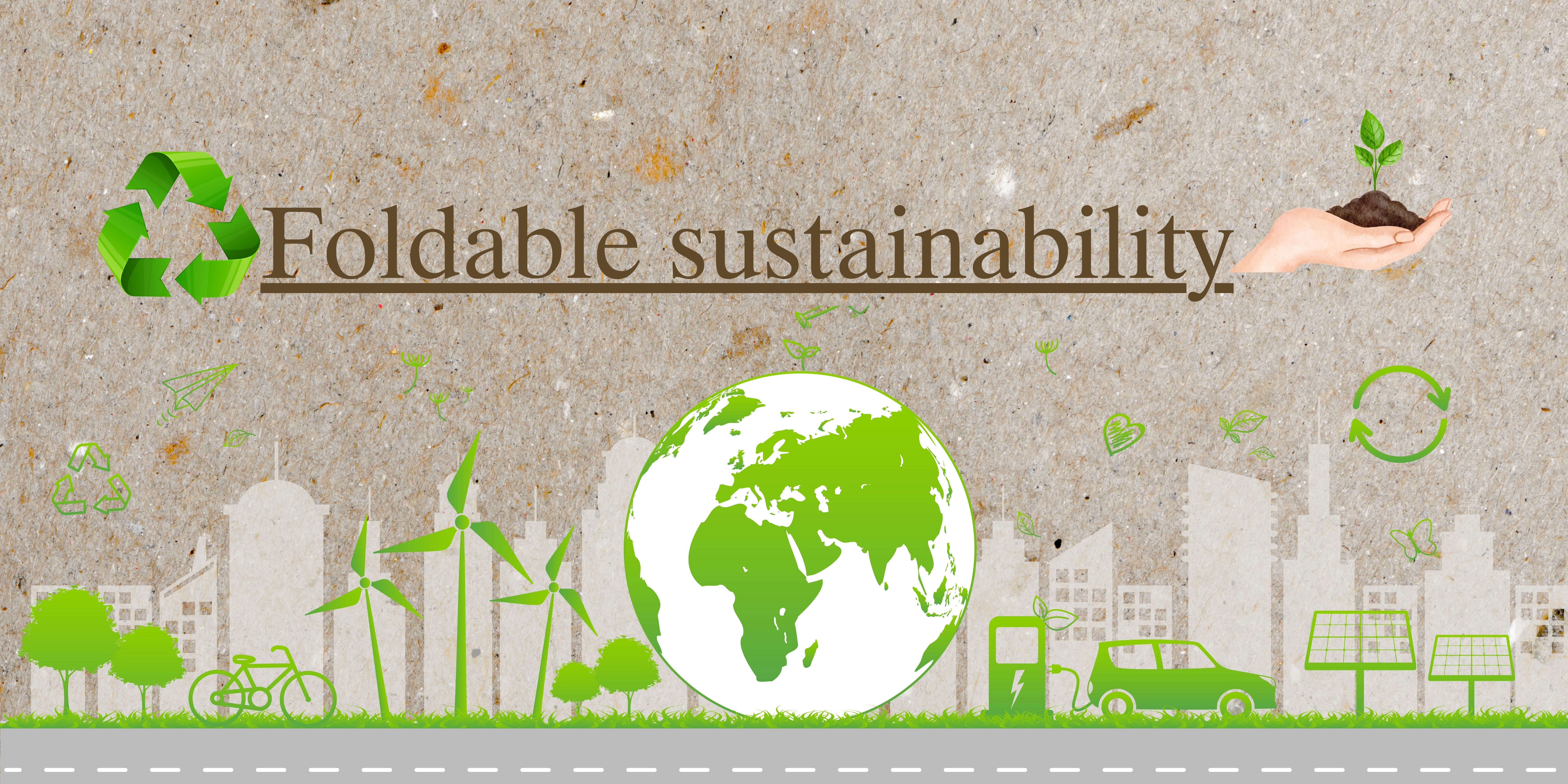
Team : Love Donor
Member
Ms Sariya jarakhon
Mr Sawatsakon Mongthong
Ms Sariya Jarakhon
Business Environmental Analysis
Foldable sustainability
Market Situation
The current recycled paper market is experiencing continuous growth due to increasing awareness of environmental issues and the sustainable use of resources (SCG Circular Way, 2021). Manufacturers and consumers are increasingly turning to more environmentally friendly products. Several factors are contributing to the growth of recycled paper usage, including government support from various countries through policies that promote recycling and the use of recycled paper to reduce waste. Additionally, consumer demand is shifting, as more individuals are choosing products that have a lower environmental impact. Innovations in recycled paper production technology have also led to higher product quality.
Looking ahead, the market for recycled paper is expected to expand across multiple industries, such as packaging and printing. Increased cooperation among companies will further promote recycling efforts.
Overall, the recycled paper market has significant potential and promising prospects for the future. However, it still faces challenges, particularly from plastics and other materials that are often less expensive. Addressing these challenges will be essential for achieving sustainable growth (Atime, 2023).
Internal Environment
Strengths:
- Reduced Use of Natural Resources: Using recycled paper decreases the need to cut down new trees, helping to conserve forests and natural resources.
- Reduced Waste: Recycling used paper lessens the amount of waste sent to landfills, contributing to more efficient waste management.
- Supporting the Circular Economy: Utilizing recycled paper supports the circular economy by reusing resources and minimizing the demand for new materials.
- Consumer Awareness: Today’s consumers are increasingly environmentally conscious, making the choice of recycled paper align with their values.
- Sustainability: Choosing recycled paper promotes sustainable development and enhances the positive image of an organization or business.
Weaknesses:
- Inconsistent Quality: The quality of recycled paper can vary depending on its source, potentially making it unsuitable for certain applications.
- Lower Durability: Some recycled papers may not be as durable as virgin paper products.
- Complex Manufacturing Processes: Recycling can involve sophisticated technology and management, which may increase production costs in some cases.
- Marketing and Awareness: Recycled paper products may not be as effectively branded or marketed as new paper products, making promotion more challenging.
Threats:
- Competition from Other Materials: The recycled paper market faces competition from plastic and other lower-cost materials.
- Price Volatility: The price of recycled paper can fluctuate based on market conditions and supply levels.
- Consumer Perception: Some consumers may remain distrustful of products made from recycled paper.
- Supply Constraints: High demand can create challenges in sourcing sufficient used paper.
External Environment
- Economy:
- Economic Growth: Economic growth has led to increased demand for recycled paper from both businesses and consumers.
- Price and Cost: Fluctuations in the price of recycled materials can impact competitiveness.
- Society:
- Environmental Awareness: A growing interest in environmental issues and sustainable products has driven demand for recycled paper.
- Changing Consumer Behavior: Consumers are increasingly inclined to choose environmentally friendly products.
- Technology:
- Developments in Recycling Technology: Advances in technology have made the production process of recycled paper more efficient and improved quality.
- Using Digital Technology: Implementing data and analytics in the production process can enhance efficiency and reduce costs.
- Politics and Law:
- Government Policy: Government support for recycling and environmental conservation policies plays a crucial role.
- Environmental Regulations: Laws and standards related to paper production and recycling can influence business operations.
- Competitors:
- Market Competition: The recycled paper industry is competitive, necessitating the development of strategies to differentiate products.
- Access to New Markets: There are opportunities to enter new markets with higher demand.
- Natural Environment:
- Natural Resources: Access to and availability of used paper is essential for recycled paper production.
- Climate Impacts: Changing climate conditions can affect the collection and management of recycled materials.
Target Group Determination
Target Group
B2B (Business-to-Business)
- Factories: Companies that produce packaging or other products requiring recycled paper.
- Offices and Organizations: Entities with environmental policies that seek to use recycled paper.
B2C (Business-to-Consumer)
- Environmentally Conscious Consumers: Individuals who prioritize environmental conservation and prefer sustainable products.
- Families: Parents who want their children to learn about recycling and environmental responsibility.
Target Group Determination and Insights
Insight: Through surveys and interviews, we identified common concerns regarding water bottles that accumulate condensation.
Issues Identified:
- Convenience:
- Wet Hands: Water dripping from the bottle can make hands wet, making it inconvenient to hold or use.
- Messy: The area around the bottle becomes wet, requiring frequent cleaning.
- Hygiene:
- Germ Accumulation: Wet bottles can lead to mold growth and unpleasant odors.
- Cleanliness: Dripping water can make both the bottle and the surrounding area dirty.
- Product Selection:
- Design: There is a demand for bottles designed to prevent condensation or those with holders to reduce mess.
- User Experience:
- Impression: The issue of dripping can lead to dissatisfaction with the product.
Persona:
Goal 1: Business, Organization, and Company
Demographic Profile:
- Type: Business, Organization, or Company
- Lifestyle:
- Promotes sustainable development and aims to create a positive image for the organization.
- Supports the circular economy by reusing resources and minimizing the use of new materials.
Social Media Channels:
- Utilizes a website, Facebook, and TikTok as advertising and contact channels.
Pain Points:
- The organization seeks to enhance its image regarding environmental conservation.
Goals:
- Foster a positive culture within the organization to motivate employees to recognize the importance of environmental care, leading to more efficient work practices.
- Build a strong brand image centered on environmental conservation.
- Develop good relationships with customers to enhance brand loyalty.
- Expand the customer base to include new target groups.
Goal 2: General Consumers
Demographic Profile:
- Name: Chan Chai
- Age: 40 years old
- Status: Family-oriented with children
Occupation:
- Teacher
Pain Points:
- Water dripping from the bottle makes hands wet, creating inconvenience in handling the bottle.
- The moisture around the bottle leads to a messy area that requires frequent cleaning.
Wishes:
- Convenience: Desires a solution that prevents water from dripping, making it easier to hold and use the bottle while keeping the surrounding area dry.
- Sustainability: Wants to reduce plastic use and prefers environmentally friendly packaging.
Lifestyle:
- Enjoys exercising.
- Likes planting trees.
- Prefers environmentally friendly products.
- Participates in environmental learning activities.
Interest Areas:
- Engaged with environmental news and advertisements promoting conservation efforts.
Social Media Channels:
- Uses Facebook, TikTok, and Line as primary contact channels.
Design of Social and Environmental Packaging for the Brand and Products
The product label for the water bottle will be designed to fold into a water bottle mat, addressing the issue of condensation and preventing the area around the bottle from becoming wet. The label will transition from plastic to recycled paper, utilizing materials made from used paper, corn pulp, and rice straw.
Benefits of the Packaging Materials:
Corn Fiber Paper:
- Environmentally Friendly: Helps reduce waste by repurposing food production byproducts.
- Biodegradable: Naturally decomposes, minimizing pollution issues.
- Durability: Strong and resistant to tearing.
- Absorption Properties: Exhibits good water absorption, ideal for managing condensation.
- Reduced Use of Chemicals: The production process minimizes the use of hazardous chemicals.
- Sustainable Production: Utilizes processes that conserve energy and water.
- Multiple Uses: Can be adapted for various products.
Rice Straw Paper:
- Eco-Friendly: Made from agricultural waste, it does not contribute to pollution.
- Biodegradable: Naturally breaks down without harming the environment.
- Good Properties: Strong and resistant to tearing.
- Resource Savings: Reduces the need for tree cutting for paper production.
- Waste Reduction: Using rice straw decreases the amount of agricultural waste.
By using these innovative materials for packaging, we not only create a functional solution to the condensation problem but also align with our commitment to sustainability and environmental responsibility.
Marketing and Brand Development Activities Through Packaging
- Activity to Design a Folding Water Bottle Label: Create a label that can be folded into a functional water bottle holder.
- Activity to Design a Multi-Functional Water Bottle Label: Develop a label that can serve additional purposes beyond its initial use.
- Social Media Campaign: Post a video on TikTok showcasing the "Foldable Sustainability" activity, demonstrating how to use the packaging creatively.
- Engagement Contest: Launch a "Folded Sustainability" contest where participants can win various prizes for their creative uses of the foldable label.
Marketing Measurement
- Sales Measurement: Track the sales of bottled water to assess the impact of the new packaging and marketing activities.
- Engagement Measurement: Analyze engagement metrics from the TikTok video related to the "Foldable Sustainability" activity to evaluate reach and audience interaction.

